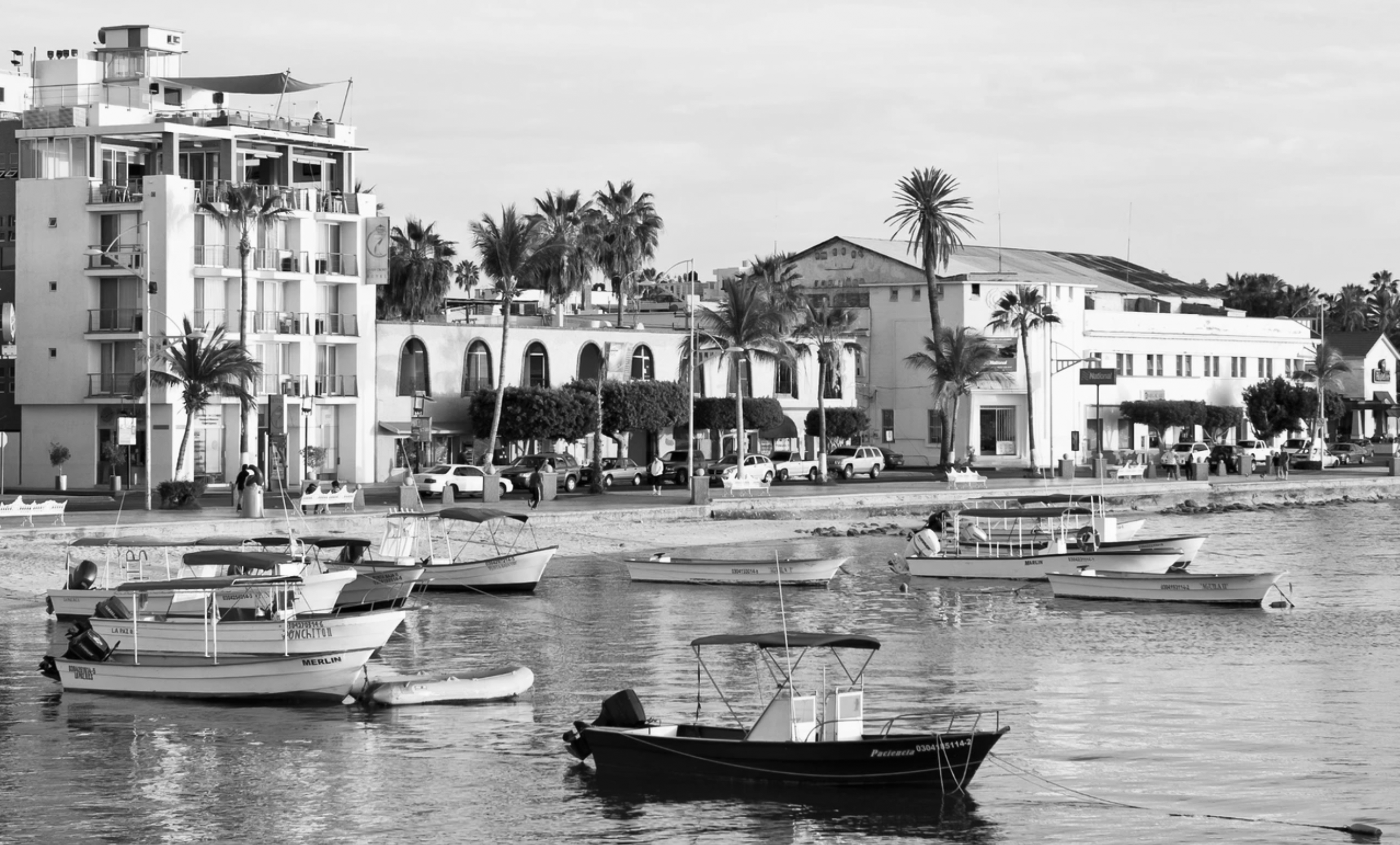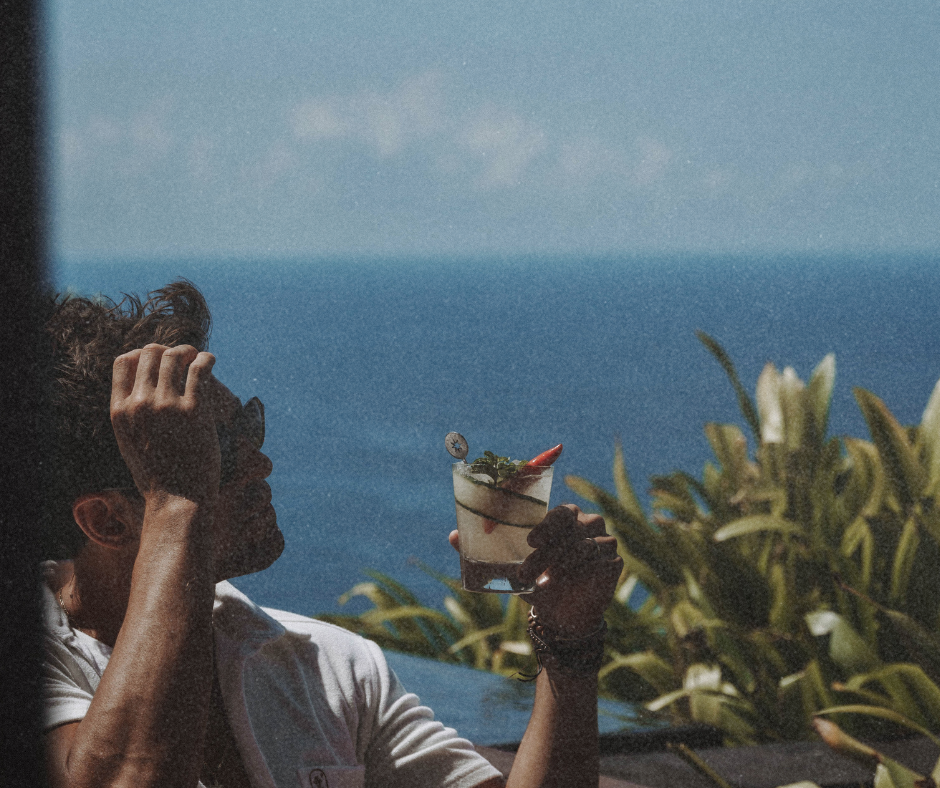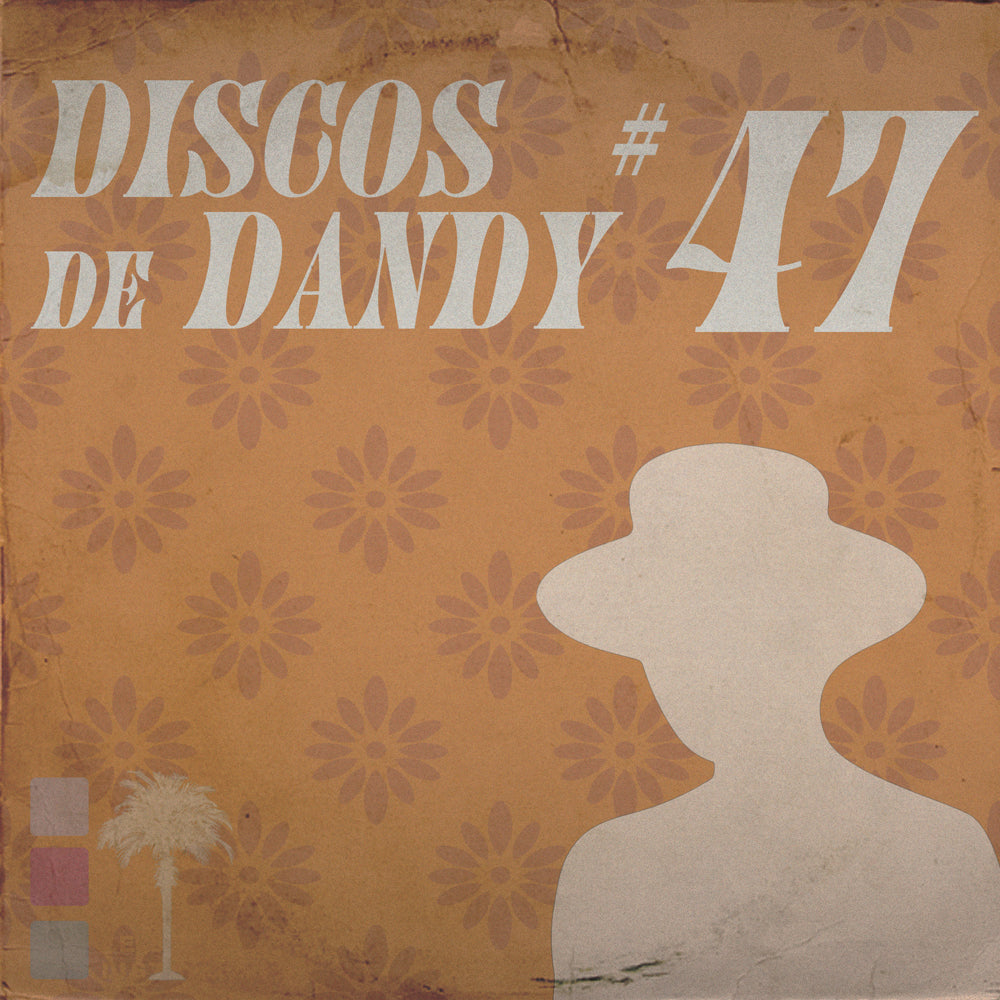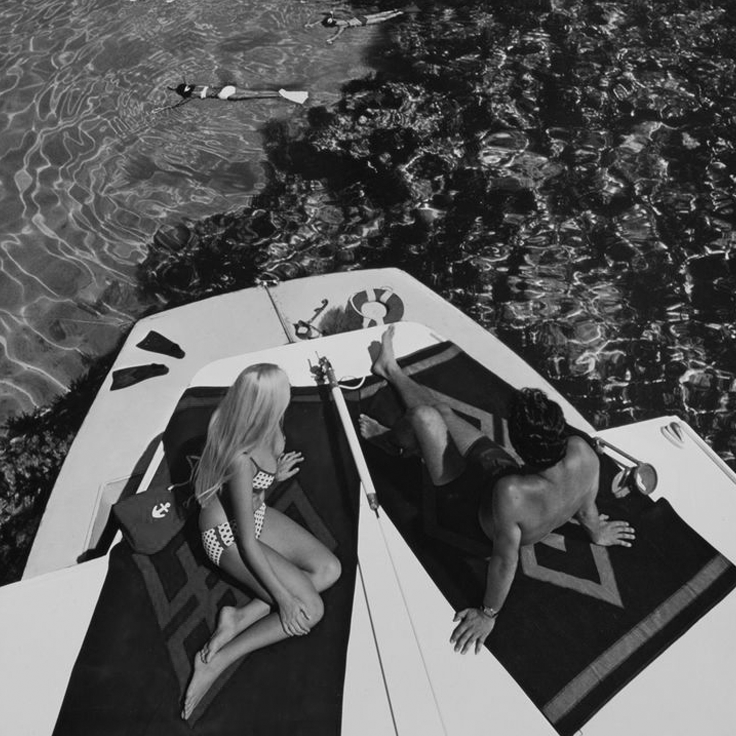The five us piled into one of the modest airport rentals on the outskirts of La Paz, a kind of tuna can on wheels in which we loaded our share of luggage and film equipment for the shoot. By then I had nearly recovered from the initial shock of exiting an airplane in that part of the world – the wicked heat of the tarmac and the supernal brightness our closest star – slowly, cautiously, my eyes became adjusted and my skin, half-pale, even lavished in the great cosmic sauna I now found myself within. So far there was not even a trace of the smell of the sea, though I knew intuitively that the sea could not be far. Grounded as we were at the tip of the finger of Baja California, the sea practically surrounded us on all sides.
On we drove through broken streets alive with automobiles, motos, and those pressing forward on foot to brave the late-day heat; on we drove through the dusty, cracked and chaotic lanes adjoined on either side by row upon row of colorful concrete structures built in the Baja style, with rebar and cinder block, to bear the brunt of near constant sun, salt and wind; and the dazzling, dusty palm trees danced and swung with the afternoon, southern blowing breeze. All of this I drank in like a serum, quickly forgetting the base trivialities of the life I had left behind.
Foremost of the memories instilled by this drive was that of our approach to the zona central, where I caught for the first time a glimpse of the Ensenada de La Paz, the bay, with its infinite array of azure-blue shades alive with the delirious play of dancing sunray. Along the bay grew the bulk of the township – hotels, restaurants and bars, the malecón where people walked at all times, and the world famous marina – home to a perpetual host of countless floating sailboats. What an impression! Second to none!
That is, until we came to the house on the hill, my new home, which must have at one time been the partial residence of some forgotten crime lord whose fate it was to live at the pace of a solar flare. I thanked him for his hospitality upon entering, and immediately made my way to the back, the huge sliding glass panes opening up to the patio with a pool and a birds eye view of the entire city, the bay, and much further away, the open sea. There I marveled once more at the distant buzzards flying long arcs below the sun, above the sea, so impossibly slow, so quietly. And then I went inside to join the company.
In a short time The Talent had become well disposed to our new abode, each moving into their own second-story room with a view. Yacco Montí got the same; and old Tecate Jack, a dragon among men, chose for himself the once-upon-a-time master suite of the deceased crime lord (may he rest in excess). For my part, I took refuge in a room downstairs, a dungeon with no windows, no light, a dated AC unit and television, and a stiff queen size bed. Such a room will come in handy, I thought to myself. In such a room I would be able to sleep well and recover from whatever strain the coming days held in store. I turned on the AC, as low as it would go, never to be turned off again.
With the sun setting out near Todos Santos we went for dinner in town, nothing fancy. Piña coladas for dessert. Followed by a short walk along the malecón, making our way toward the marina. The atmosphere was sultry and electric, like swimming through a subatomic vapor. I could even smell the particulate nothingness. I looked all around, all around, head spinning in circles, listening to the water lap against the bulkhead, voices leaping into the night, listening to everything. Soon we were back at the mansion. I was in the room with the AC. I was asleep. For the night. Up until the moment I was roused from my slumber by Tecate Jack who was shaking my shoulder while shoving an entire empanada in my face, mustache bristling. “I need you to get these garments steamed for the shoot . . . we’re wayyyy behind schedule . . . Yacco’s locked away in his room . . . these models won’t wake up . . . there’s coffee in the kitchen, Vamanos!”
I broke a sweat the moment we left the house, all of us piling into the tuna can for a drive, no destination in mind, to find a place to shoot these gorgeous models before they got hungry and needed to be fed. What we found surpassed any and all expectations. It was a deep narrow cove of bright electric blue . . . a deserted beach on which stood a busted up cerveza shack providing the optimal shade structure. All around lay the dispossessed, timeworn and scattered remains of old fiberglass fishing boats strewn across the sand. A consummate professional, Yacco Montí got to work with his gear immediately, marching up and down the beach with Jack at his heels, the two of them arguing over the best angles, the best light, the best . . . the best . . . while I kicked back with the models and the resident perro, talking about Old Mexico.
Once ready to shoot, I took up position with the light bounce reflector, doing my best to mirror the delicate requests of Monti, the perfectionist. “She needs more light! . . . He needs more light! . . . aim it this way! . . . aim it that . . .” as the models struck various poses under the glare of the ascending sun – the pose of travelers in a foreign land, now the pose of friends, and finally the pose of star-crossed lovers destined to meet on an empty stretch of beach, somewhere in the middle of nowhere. I must admit, they were impressive. After a few hundred shots the light bounce was no longer needed. Once more Yacco and Jack began to squabble and the models fled for the shade. I fled deeper into the sun. My steps took me into the water that never went above my waist, allowing me to walk out and further out to where the cove met the sea, about a half mile from the beach. There the water went from turquoise to royal to deep ocean blue. And there I stood for an eternity, motionless, catching the light from every direction, my heart throbbing madly somewhere deep inside.




Share:
LEISURE LETTER 52: DISCOS DE DANDY #23
LEISURE LETTER 54: DISCOS DE DANDY #24